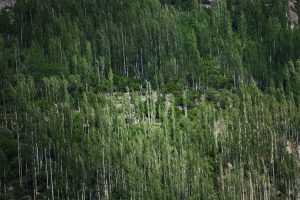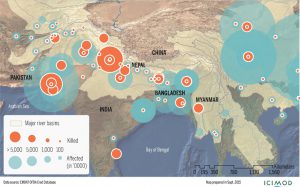The Rupununi savannah of southern Guyana is one of the most biodiverse regions of South America, home to jaguars, Harpy eagles and the world’s largest ants. It is also one of the most remote. British writer Evelyn Waugh set the final scenes of his 1932 novel A Handful of Dust in the Guyanese grasslands when he needed an isolated location from which his protagonist had no hope of rescue or escape.
With Chinese investment that isolation could soon be a thing of the past.
In the coming months, the Inter-American Development Bank (IADB) is set to deliver its report on a Guyana–Brazil transport link and a deepwater port project for the northern coast. Today, the Runupuni border town of Lethem is a 14-hour ride along dirt roads from the Guyanese capital, Georgetown. Red dirt is set to be placed by asphalt and Lethem converted into a major trading hub. China is expected to provide the required capital and carry out construction work.
Representatives of both countries referenced the untendered project at a July 2018 ceremony at which Guyana signed up to China’s Belt & Road Initiative (BRI). As part of the ambitious global connectivity plan, China has promised US$250bn for Latin American infrastructure projects. Chinese firms have developed infrastructure projects in Guyana before, but the port and road project would be the largest yet.
Strategic hub
The Guyana road link highlights the strategic nature of the small country to China’s plans in Latin America. It would cut transport times to northern Brazil, China’s biggest trading partner in the region, by providing a faster route to the Panama Canal.
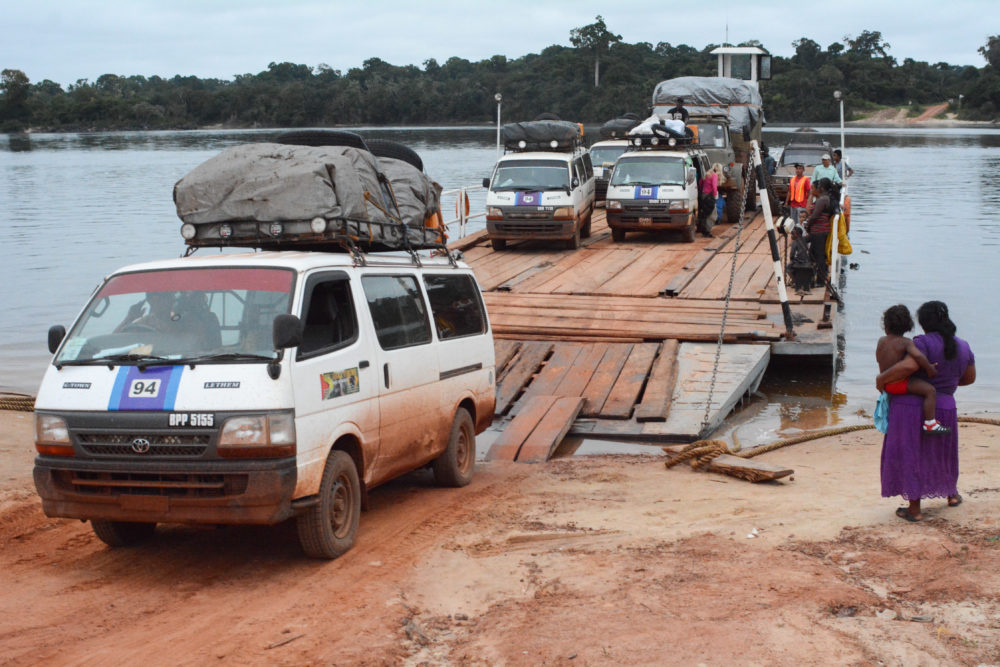
“China sees Guyana as a conduit to northern Brazil,” said Sasenerine Singh, a former opposition politician and financial analyst. “A road link from Manaus to Guyana would cut thousands of kilometres off the shipping route along the Amazon River. The Guyanese government doesn’t have the finances or capacity, only China has the resources and long-term vision to undertake such a project.”
The terms of financing, rather than its country of origin, is the crucial factor, according to Carl Greenidge, Minister of Foreign Affairs. Guyana became one of the world’s most heavily indebted countries in the 1980s when falling sugar and bauxite prices crippled state-run companies. “No country is more aware of the cost of unsustainable debt that we are. We are alert to the problem and know what we need to do,” he told Diálogo Chino, in an interview.
But Guyana’s financial situation is on the brink of major change. The country is announcing infrastructure investments are just as it is poised to become one of the world’s top oil producers per capita. In recent years ExxonMobil has discovered over 4 billion barrels of recoverable oil off the coast of Guyana. Chinese oil firm CNOOC holds a 25% stake in ExxonMobil’s Starbroek block, the most advanced project.
Beyond politics
China’s footprint in oil and other sectors looks set to grow following Guyana’s general election in March.
The election was triggered by a December no confidence vote in the government of David Granger, leader of the People’s National Congress (PNC) party, which came to power in 2015 as part of the wider Partnership for National Unity alliance (APNU).
“When the APNU was in opposition it expressed concern about China’s growing footprint in Guyana and questioned its motives but now they are in power, all ministers seem to be welcoming of China,” said Abena Rockcliffe, a senior journalist at Kaieteur News, a local paper.
Granger has been somewhat sceptical of foreign ownership of natural resources and revoked BaiShanLin’s logging concession in 2016 after the Chinese firm broke the terms of its agreement. Granger has suffered with ill-health, however, leaving Joseph Harmon – a more China-friendly politician –a strong candidate to run for the PNC. The opposition People’s Progressive Party (PPP), which held power from 1992 to 2015 have also proved open to Chinese investment in the past.
Based on our recent experience with Chinese investments, it seems Guyana is always left holding the dirty end of the stick
China Harbour Engineering won the contract to expand Cheddi Jagan airport in 2011 and Chinese firms account for seven out of eleven bids submitted for the construction of a bridge over the wide Demerara River. China Railway First Group also won a US$500m contract for the 165MW Amalia Falls hydroelectric plant in 2012 – a project currently on hold. Last year, construction began on a Chinese-owned manganese mine.
In September, during a visit from China’s Foreign Minister, Wang Yi, Guyana signed agreements on greater financial integration. The Guyanese assets of two foreign banks – Canada’s Scotia Bank and India’s Baroda Bank – are currently up for sale. Chinese banks are the most likely suitors.
Yet, as Chinese-led projects mount, so do questions about what Guyana has to gain by deepening ties with China.
“Based on our recent experience with Chinese investments, it seems Guyana is always left holding the dirty end of the stick,” said Rockcliffe. “In the projects to date we have seen very little use of local labour, no transfer of skills, project over-runs and allegations of corruption.”
Green State Development Strategy under threat
The Brazil transport link would dwarf previous projects and open up development of the country’s interior, thought to hold important deposits of gold, bauxite and rare earths.
It could also jeopardise Guyana’s 2017 Green State Development Strategy, which called for sustainable management of natural resources, expansion of environmental services and a transition to renewable energy. In 2009, Norway pledged US$250m to Guyana over the course of five years to protect its rainforests and in October Guyana announced its lowest deforestation rate since 1990.
“In a country that is 90% forest, any major infrastructure project will have an environmental impact,” said Greenidge. “We have a responsibility to minimise that impact but we cannot commit to not building infrastructure that allows for the provision of jobs and services to our isolated communities.”
Did you know...
Guyana's population is less than one million
Guyana has under a million inhabitants and one of the lowest levels of GDP per capita on the continent. With a history of rigged elections and corruption scandals, the country’s institutions are weak, casting doubt on whether regulators have the capacity to successfully mitigate negative environmental impacts.
The same institutional weakness, combined with a history of corruption and opaque negotiations suggests that Guyana could provide a malleable ally for China in the South American Caribbean.
“The government has not given enough information about the terms of Chinese loans and investments and have dodged reporters’ questions,” said Rockcliffe. “We’ve seen in other countries that once China has a foot in a country, they move aggressively.”
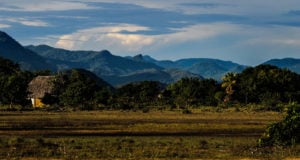

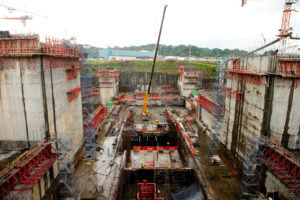
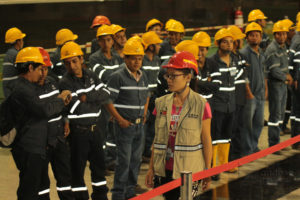

![Women in Kapri village Bajura, western Nepal, preparing millet for use after harvest [Image by Nabin Baral]](https://dialogue.earth/content/uploads/2019/01/photos-for-story-two-1-300x200.jpg)
![Gagas valley in Uttarakhand, irrigated by the Gagas river [image by: Hridayesh Joshi]](https://dialogue.earth/content/uploads/2019/02/Springs1-300x172.jpg)
